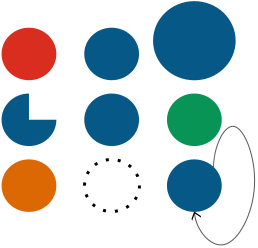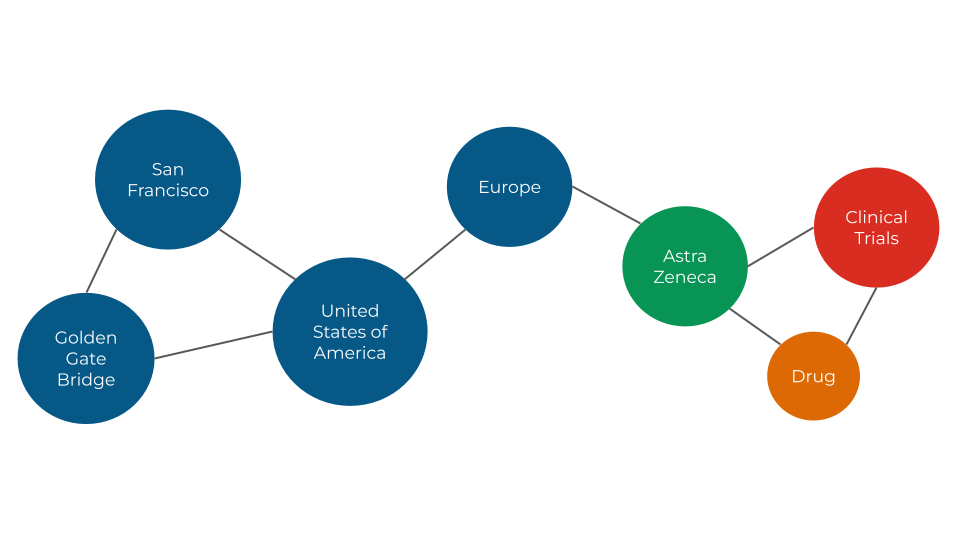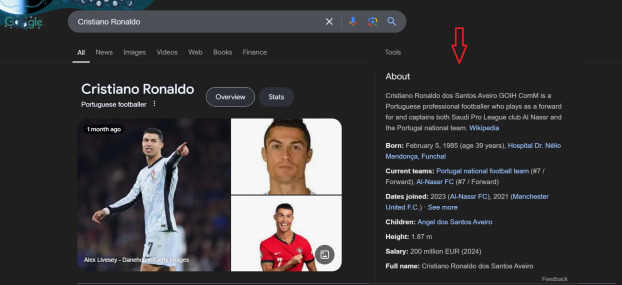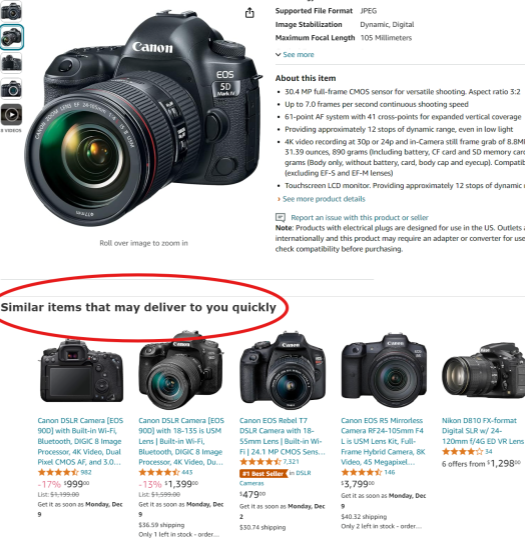As technology evolves, people face an ever-growing volume of data that needs to be processed - whether it’s streaming content recommendations, GPS navigation, or a business team trying to analyze customer trends. The complexity of data is increasing, coming in many shapes and sizes, and yet, whether in personal or professional life, collecting data is pointless if it is never analyzed or used to derive actionable insights.
Data is progressively becoming a cornerstone of business strategy. These complexities pose significant challenges for organizations, hindering the effectiveness of their data strategies, and constraining teams in extracting practical takeaways.

We can however solve these challenges by building clear connections between data points and their attributes. By providing them context, we can turn scattered data into a connected network of meaningful information that is semantically related. A far cry from an otherwise random sample of data points. We have just built a Knowledge Graph.
This structured approach to organizing information helps organizations find hidden patterns and connections, unlocking the full potential of their data.

Knowledge Graphs are graph-structured models which provide concise, structured, and intuitive representations of real-world data, and capture different potentially complex relationships between the entities of a domain, as well as its attributes. They generally consist of nodes, representing the entities of interest, and edges, which capture different types of relationships between these entities.

However, these models do not always need to rely on nodes and edges. Think of business data, which is often tabular in nature. This format can be challenging to translate into a traditional edge-based graph.
This is where DataLinks takes a different approach. Instead of using nodes and edges explicitly, we link tables together. The graph still exists, but here, nodes or collections of nodes might simply be rows or even individual cells inside a table.
Our platform constructs graphs from tabular data rather than conventional nodes and edges, as illustrated in the following example:

Knowledge Graphs act as a unified framework to represent and manage knowledge within an organization or community, facilitating the representation, aggregation, management, and sharing of knowledge over time. Unlike traditional relational models or NoSQL databases, Knowledge Graphs have unique benefits that explain their growing use by leading technology and data-driven companies. These benefits include:
Flexibility: Knowledge Graphs can easily integrate new sources of data, not requiring strict schemas to be set and followed every time
- Powerful Queries: Beyond supporting relational operators, such as joins and unions, Knowledge Graphs allow navigational operators to search through connected data paths of any length. This helps them better represent real-world relationships and complex business logic.
- Semantic reasoning: Rules in the graph can define and infer the meaning of terms, providing additional context to the data and its connections.
These make Knowledge Graphs applicable to numerous industries and use cases. They assist in uncovering hidden data, as well as revealing unforeseen relationships between information, unlocking deeper and meaningful insights for organizations.
Use Cases
One of the most widely recognized applications of Knowledge Graphs today, is the enhancement of Google search results through the Google Knowledge Graph.
You have likely encountered an information box that appears alongside search results when you look up a restaurant. The Knowledge Graph provides useful information such as its hours of operation, location, and cuisine. Similarly, when you search for a person, it offers basic details about them such as date of birth, children, and height. In a scenario where you query “Cristiano Ronaldo”, the knowledge graph intelligently provides you information about his current team, as well as the dates in which he joined other teams in the past.

However, the use of Knowledge Graphs extends far beyond search engines and is being applied across a variety of industries. Here are a few examples:
E-Commerce
Industry giants in e-commerce such as Amazon and Alibaba have already implemented knowledge graph based solutions in their platforms.
Knowledge graphs are particularly useful in personalizing the customer experience. By leveraging the relationship between products, user preferences, and user behaviors on the website, these models are able to deliver highly relevant product recommendations. This is enabled by building customer profiles in order to better understand their preferences, demographic information, and transactional history.
In this same context, knowledge graphs can also enhance product discovery. By understanding the semantics behind a user’s query when searching for a specific product, it provides intuitive search suggestions and cross-selling opportunities for similar items. An example of this can be found on a product page when browsing Amazon.com:

Supply Chain
In the supply chain domain, knowledge graphs can be useful for improving visibility and transparency, providing a unified view of the entire supply chain by linking suppliers, manufacturers, logistics providers, and customers, enabling seamless end-to-end tracking in a clearer manner whilst showing the relationships between the parts.
Secondly, they can capture data on production, shipments, and inventory, Tracing the origin of raw materials to ensure, for instance, compliance with regulatory or sustainability requirements, whilst also allowing for the tracking of goods and location pinpointing at any stage of the supply chain.
Other critical use cases include optimizing transportation routes, managing inventory more effectively, forecasting demand, and enhancing other logistics-driven processes.
Finance
In the financial context, the integration of knowledge graphs can assist in fraud detection and prevention by detecting anomalies, such as unusual transaction patterns that translate into fraudulent activities, as well as in entity resolution to detect fraudulent schemes. It can also enable the enhancement of anti-money laundering (AML) and Know Your Customer (KYC) processes by linking customer data to external sources like watchlists, sanctions, and legal entities.
In addition, they may play a role in credit risk assessment and management by analyzing data between borrowers, lenders, and assets.
The Present Day
Despite the aforementioned benefits and use-cases, there is a clearer explanation for the industry's recent spark in interest in Knowledge Graphs, and how this technology is revolutionizing the way we look at data.
You have probably recently used a Large Language Model (LLM), and have noticed that these are prone to committing factual errors and hallucinations, affecting their reliability and trust. To solve this problem, a Machine Learning approach called Retrieval-Augmented Generation (RAG) is used. Recent applications of this technology are making Artificial Intelligence (AI), in this scenario LLM technologies, more robust and reliable.
The RAG technique enhances LLM's contextual awareness for knowledge-intensive tasks by providing relevant documents from external sources during generation, reducing hallucinations without altering the LLM architecture. They are particularly useful, not only for improving the accuracy of LLM outputs, but also to provide context to the user's query, and retrieving up-to-date information from reliable sources.
Traditionally, RAG systems retrieve information from vector-based semantic searches, however these systems face limitations when dealing with complex relationships between entities, often resulting in generating incorrect information. Furthermore, they lack transparency since the data fed into the vectors is embedded.
This leads us to GraphRAG. This technology combines the best of Knowledge Graphs with LLM's, in order to enhance RAG to deliver rich, robust, and trustworthy outputs. GraphRAG by itself doesn't understand the world, as such this tool needs to be leveraged by other solution to balance this limitation, such as DataLinks.
Drawing expertise from the likes of Palantir, Revolut, eBay, Snowflake, and other industry-leading corporations, DataLinks’ team is on a mission to leverage Knowledge Graph models, and incorporate it with other proprietary technology to drive your business' success. Get started today and we will deliver a tailored solution for your organization's needs.